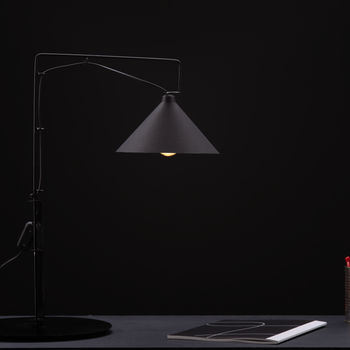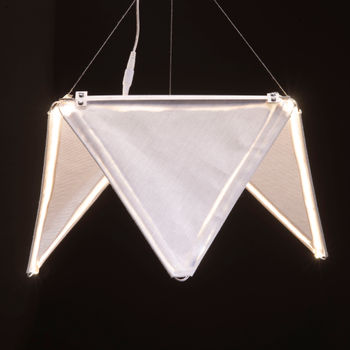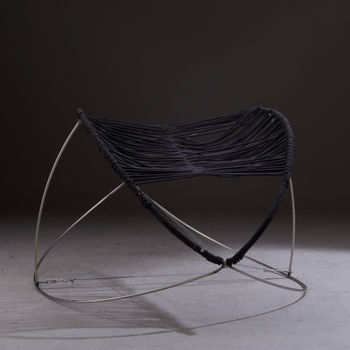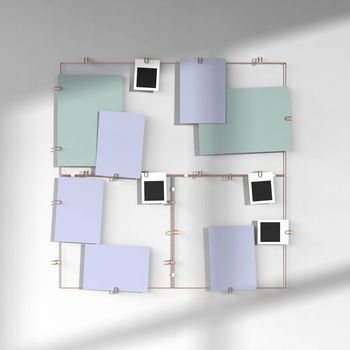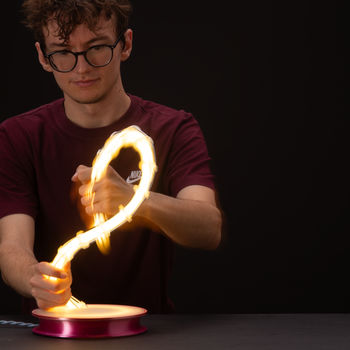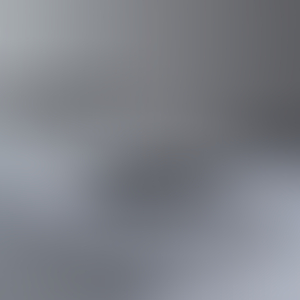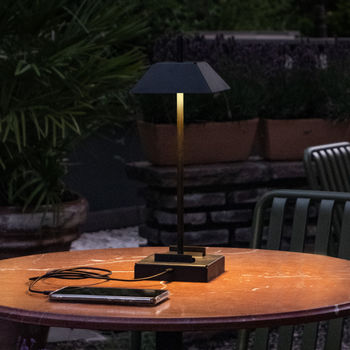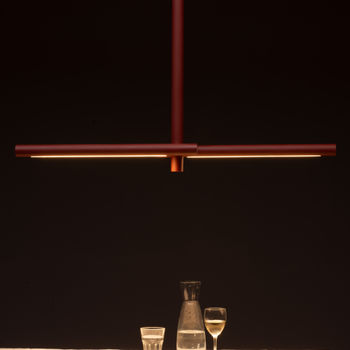Tomoe
Martina Caprin
The usage of marble and stone is a very old habit when it comes to man-made structures and craftmanship. Although the role given to the precious material was and still is ambivalent, it can be identified mainly with two characteristics: ornamental and structural. Over the last centuries the first feature has overcame the second, leading to a merely luxurious and aesthetical consideration of the material without giving the possibility of picture it as something else but its beauty. This limitative view of marble arose in my purposes the strong will of designing by taking into consideration the structural qualities of this shiny stone. The result is an elegant yet essential set of tables composed of three marble core samples and a pressed metal sheet that envelops the table’s legs as if they were skin and bones. The product aims to give value to this perfectly shaped quarry waste by using it both as supporting and ornamental element. Its clean and minimal design reduces the products to their basic shapes, allowing the materials to speak for themselves. In addition, as a statement against typical marble display, the tabletop gives a hint of the stone’s intimacy by showcasing the real materiality of the crystalization from above.
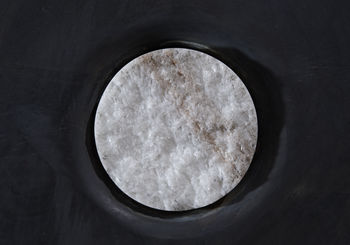

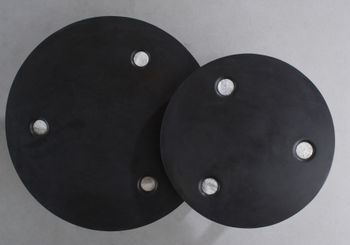
The White Marble Project.
